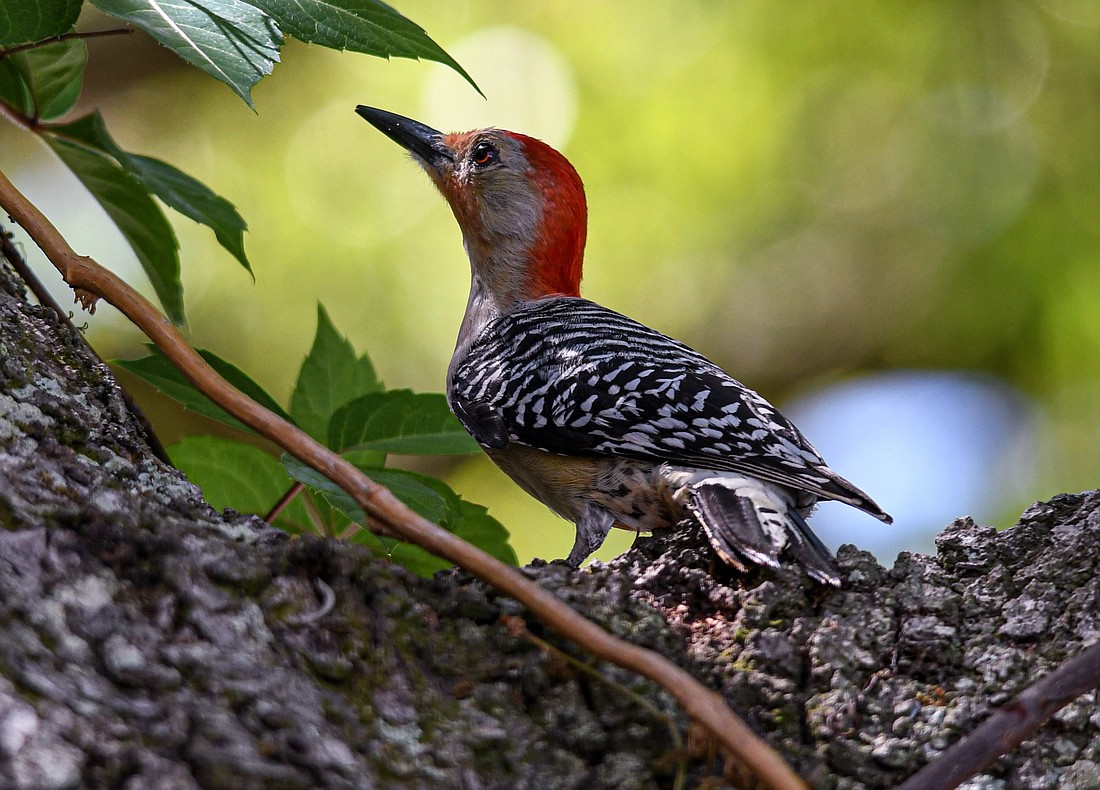- May 16, 2025
-
-
Loading

Loading

Red-bellied woodpeckers are named for perhaps their least distinctive feature; a light wash of red on their bellies. As long as trees are available, these highly adaptable birds will flourish in a range of natural and human-altered habitats. Indeed, they're the most abundant and widespread woodpecker in Florida.
Red-bellied woodpeckers nest in cavities they excavate with their sharp bills in dead limbs of live trees or in dead trees (also known as snags). If a suitable tree isn't available, they will create cavities in utility poles and fence posts. They often suffer from competition for nesting cavities with non-native invasive species, including nanday parakeets and European starlings.
European starlings first arrived in the United States in 1890, when 60 birds were released into New York's Central Park by a member of the American Acclimatization Society. To create comfort and familiarity in the new nation, he tried to introduce plants and birds from the “old world” (including every bird mentioned in Shakespeare's works). Though most introductions failed, two were successful: The European starling and the house sparrow. There are now more than 200 million starlings in the United States. In addition to out-competing native birds, they destroy crops, spread disease to livestock and fly into aircraft, causing accidents.
To avoid conflict, and loss of their nest, red-bellied woodpeckers will sometimes delay cavity construction until after starlings have started nesting. We can help our native cavity nesters, and many native species who depend on dead and dying wood for shelter and food, by maintaining dead trees and limbs in our landscapes, when safe to do so. And, we should be mindful that releasing non-native species into the environment can have dire consequences.
Save our Seabirds is a non-profit organization whose mission is to rescue and rehabilitate sick and injured birds, releasing as many as they can, while educating our community about avoiding injuries and preserving habitats.